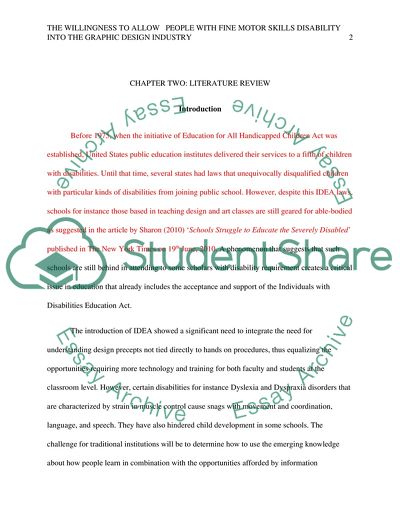Cite this document
(“Graphic Design Industry and the Willingness to Allow People with Fine Dissertation”, n.d.)
Retrieved from https://studentshare.org/education/1679069-graphic-design-industry-and-the-willingness-to-allow-people-with-fine-motor-skills-disability-into-the-discipline
Retrieved from https://studentshare.org/education/1679069-graphic-design-industry-and-the-willingness-to-allow-people-with-fine-motor-skills-disability-into-the-discipline
(Graphic Design Industry and the Willingness to Allow People With Fine Dissertation)
https://studentshare.org/education/1679069-graphic-design-industry-and-the-willingness-to-allow-people-with-fine-motor-skills-disability-into-the-discipline.
https://studentshare.org/education/1679069-graphic-design-industry-and-the-willingness-to-allow-people-with-fine-motor-skills-disability-into-the-discipline.
“Graphic Design Industry and the Willingness to Allow People With Fine Dissertation”, n.d. https://studentshare.org/education/1679069-graphic-design-industry-and-the-willingness-to-allow-people-with-fine-motor-skills-disability-into-the-discipline.


